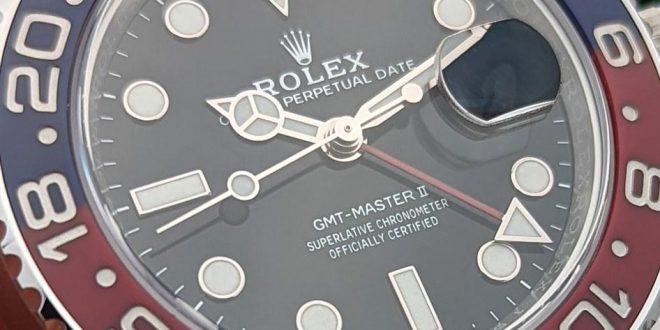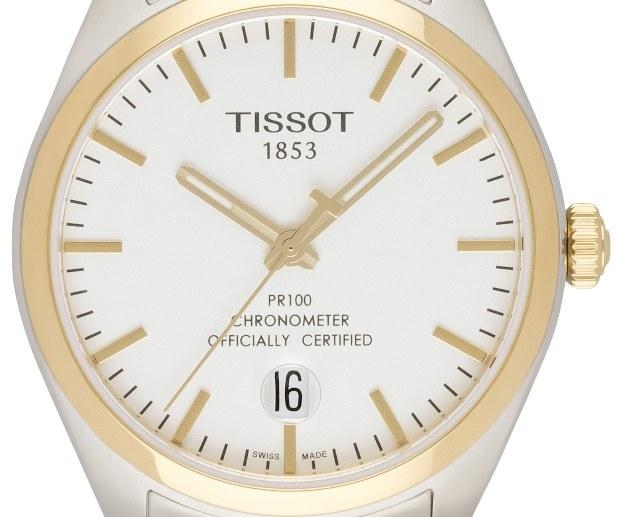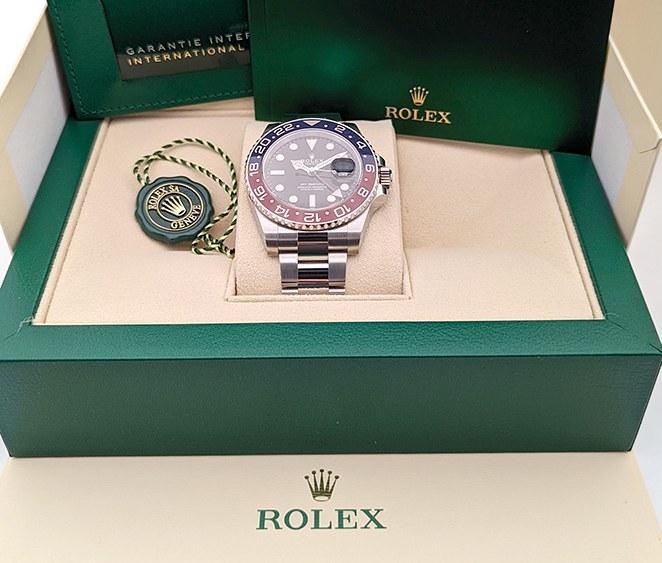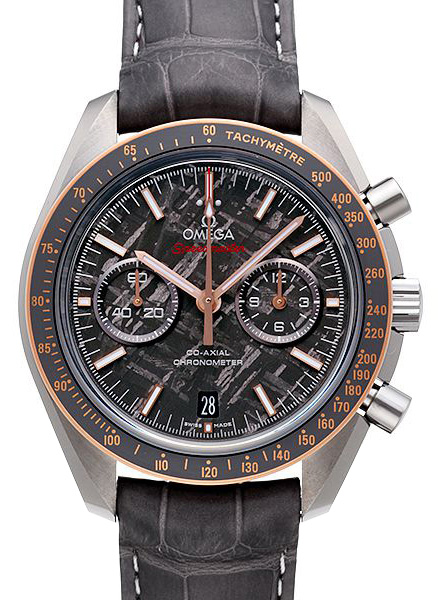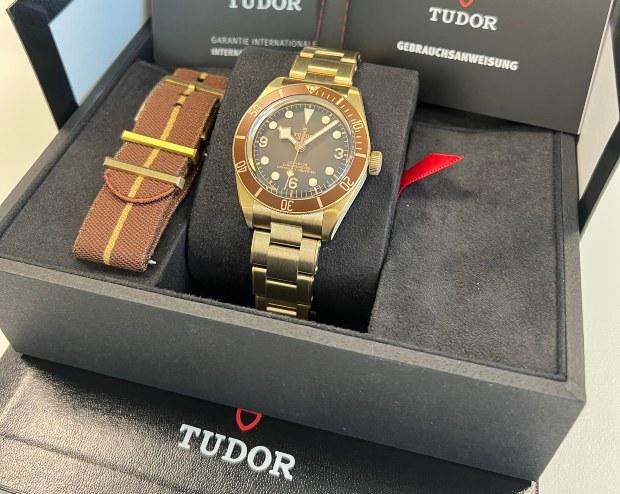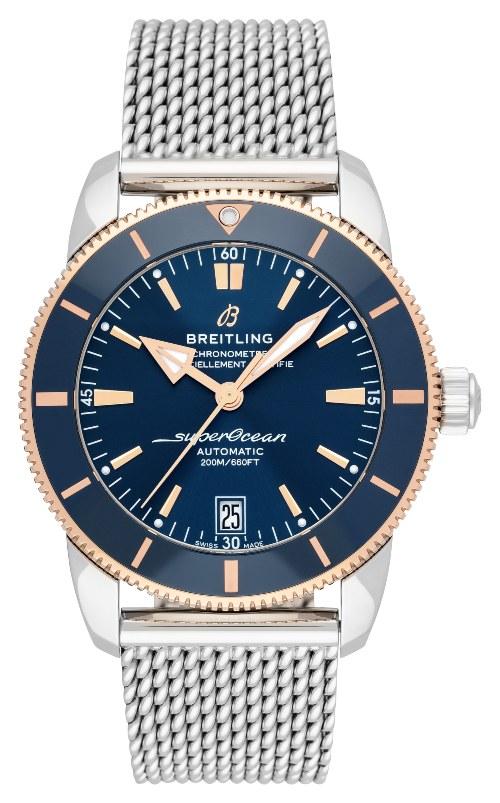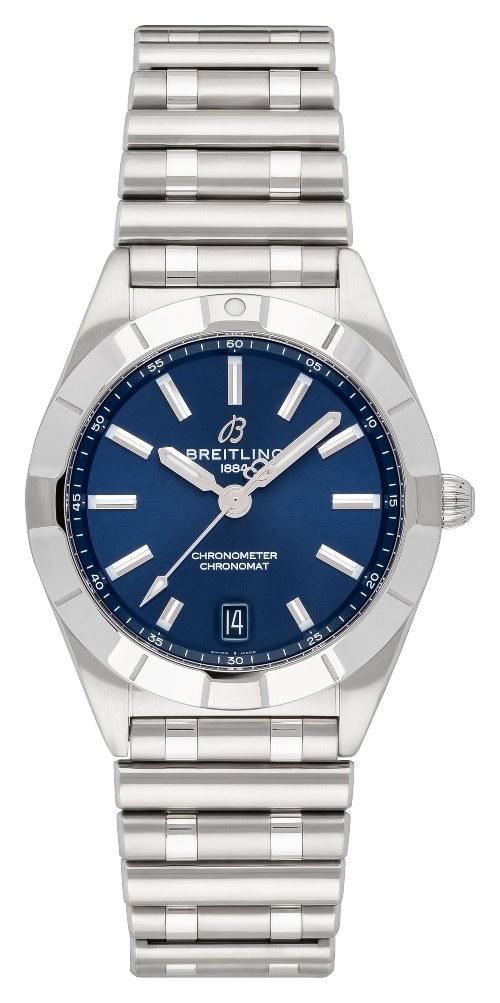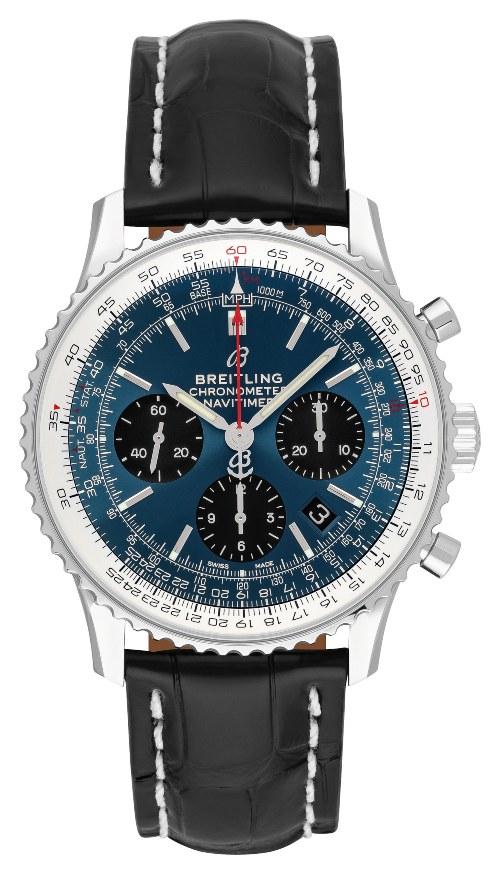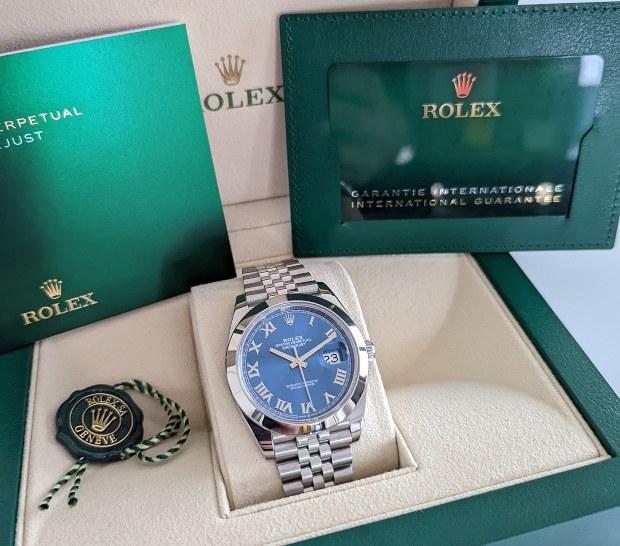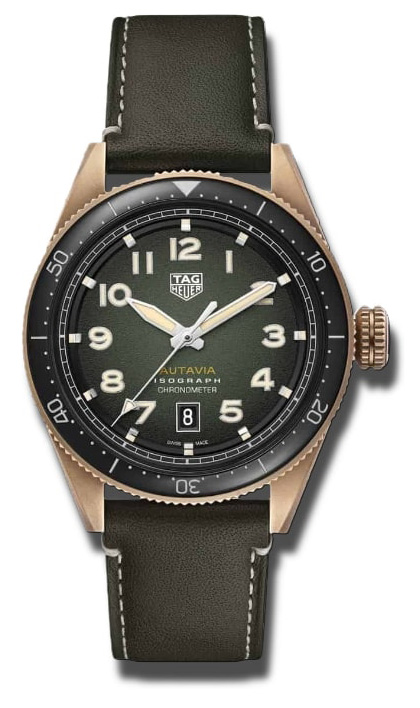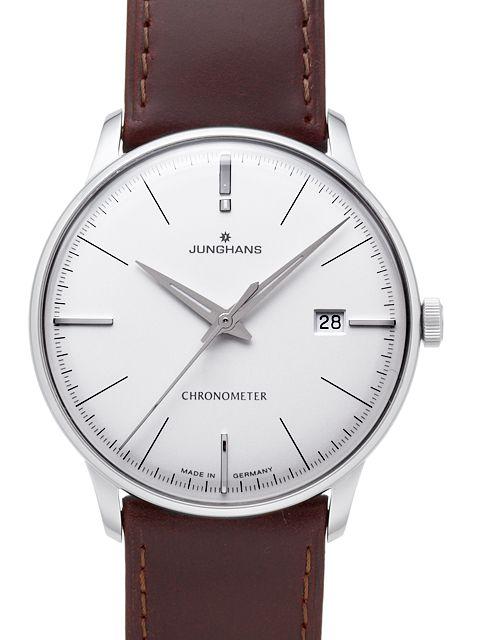« Junghans, Breitling, Omega, Tag Heuer and Rolex automatic chronometers »
Timepieces with the name suffix “chronometer” enjoy a high reputation, although the exact meaning of the term is not clear to everyone. In today’s article, we clarify the question of what distinguishes chronometer watches and present the most popular models from renowned top brands in different price ranges. You will also learn how three of the most important certificates differ and by which manufacturers they are used.
Chronometer: Definition and main certificates
One of the most common mistakes among watch novices is the confusion between chronometers and chronographs. While the chronograph is a complication (additional function) that enables time stopping in addition to the regular time display, the chronometer describes a precision watch that has received a certificate of chronometer testing from a neutral official institution. To obtain the latter, fine-tuning (regulation) of the time indicator in various positions and at varying temperatures is required. The focus of chronometer testing is whether the time indicator meets specified precision standards. Simply put, chronometer watches are proven to be particularly precise watches.
Timepieces can be awarded their coveted status by various inspection bodies. The most famous is called COSC (Contrôle officiel suisse des chronomètres), is used by most manufacturers and essentially tests whether a movement (still unassembled) has a rate deviation that falls below -4 and +6 seconds daily. More stringent is the METAS chronometer test, which is conducted by the Swiss Federal Institute of Metrology and tests fully assembled watches under demanding conditions. METAS chronometer watches must not deviate from perfect time by more than -5/+5 seconds per day. METAS cooperates closely with Omega, but in theory can be freely used by all brands. In contrast, Rolex‘s “Superlative Chronometer” title is reserved only for the brand’s own luxury watches, is additionally carried out after the completion of a successful COSC test, and requires a maximum deviation of -2/+2 seconds.
METAS: Omega’s precision watches
Launched by Omega in 2015 with the ambition of improving the precision standards of the COSC, the METAS certificate is one of the most prestigious awards in the watch world. Successful “examinees” are allowed to call themselves Master Chronometer watches, which comes with a high status, especially due to the certification of at least 15,000 Gauss magnetic resistance. Interestingly, every METAS movement has already successfully passed a COSC test beforehand. The new generation Speedmaster Moonwatch, launched in 2021, is among the most prominent bearers of the title: equipped with the hand-wound caliber 3861, it offers 50 hours of power reserve and uses a silicon hairspring to ensure long-term accuracy at the highest level.
Automatic chronometers can also be found en masse in Omega’s variety of models – from the robust Seamaster collections to the elegant De Ville. However, some models, such as the popular Speedmaster 38, “only” have a regular COSC certificate. By 2023, Omega aims to change this and call all of its models Master Chronometer watches. Other brands have also recognized the potential of METAS testing – since 2021, for example, Tudor has been awarding its Black Bay with the strict certificate.
Breitling: Each watch has a COSC certificate
Breitling, on the other hand, places its full trust in the proven reliability of the COSC test, which was introduced in 1973, and has been launching all its models as chronometer watches for years without exception. Whether it’s the aviation icon Navitimer, diving legend Superocean or compact ladies’ models like the Chronomat 32 – no flying B makes it to the wrist without an officially certified precision test. That’s especially important for Breitling newcomers to know, because the manufacturer differentiates strongly in price between manufacture movements like the popular B01 and purchased movements based on ETA. The additional price of around 2,000 to 3,000 euros, which has to be paid for the manufacture movement in collections like the Superocean Heritage, is therefore not paid for noticeably higher accuracy, but for 70 hours of power reserve, the complex column wheel mechanism and other technical highlights.
Legendary classics such as the Navitimer 1 B01 Chronograph 43, which already live up to the official distinction in the title and leave no doubt about their certified precision, enjoy the greatest popularity. Those who like it particularly imposing will make the right choice with the new Super Chronomat in the 44-millimeter format.
Rolex: Tighter in-house testing
Rolex’s automatic timekeepers are among the most rigorously tested watches in the industry. Since 2015, in parallel with the launch of the new generation of movements with a whopping 70-hour power reserve (see caliber 3255), the industry’s most famous luxury brand has been awarding the title of Superlative Chronometer to watches that have already successfully passed a COSC test and, after being encased, also pass its in-house testing, which requires extremely low rate deviations of no more than -2/+2 seconds. Power reserve, water resistance, automatic winding and other technical aspects must also meet the toughest requirements.
The prime example of certified horology is the current Submariner Ref. 124060 with caliber 3230, whose blue Parachrom hairspring is one of the central highlights of the modern generation of movements. The brand new Datejust Generation of 2022 (Ref. 126300) with the automatic chronometer caliber 3235 also demonstrates how the Geneva-based luxury brand lives up to its great name through technical excellence. The fact that the superlative timepieces are always accompanied by a COSC certificate creates double security for customers and the certainty that, despite high in-house standards, there is still an independent party involved.
Tag Heuer, Junghans and Co.: COSC as an upgrade
Breitling’s practice of differentiating in its product portfolio between chronometer watches and lower-priced alternatives without the certificate is widespread in the industry. Tag Heuer, for example, tends to ship its entry-level models without COSC testing, while higher-positioned editions have the official precision certificate. The automatic chronographs in the current Tag Heuer Carrera collection (e.g. Ref. CBN2A1A.FC6537) are among the most sought-after models in the brand’s portfolio, powered by the Heuer 02 manufacture movement and boasting a COSC certificate. The same goes for the Autavia Flyback, which performs the stopping, resetting and restarting of its chronograph function with a single push of a button. The entry-level Formula 1 collection also has a COSC certificate in its upscale versions, which can be awarded for quartz movements as well as for mechanical calibers.
The traditional German brand Junghans also gives buyers of its prominent Meister collection the choice between chronometer watches and regular timepieces. One of the most sought-after models among precision lovers is the Meister Ref. 027/4130.00, which combines silvered elegance in the dial with timeless shapes and an automatic movement including an exposed case back.
 Uhrinstinkt Magazine
Uhrinstinkt Magazine
